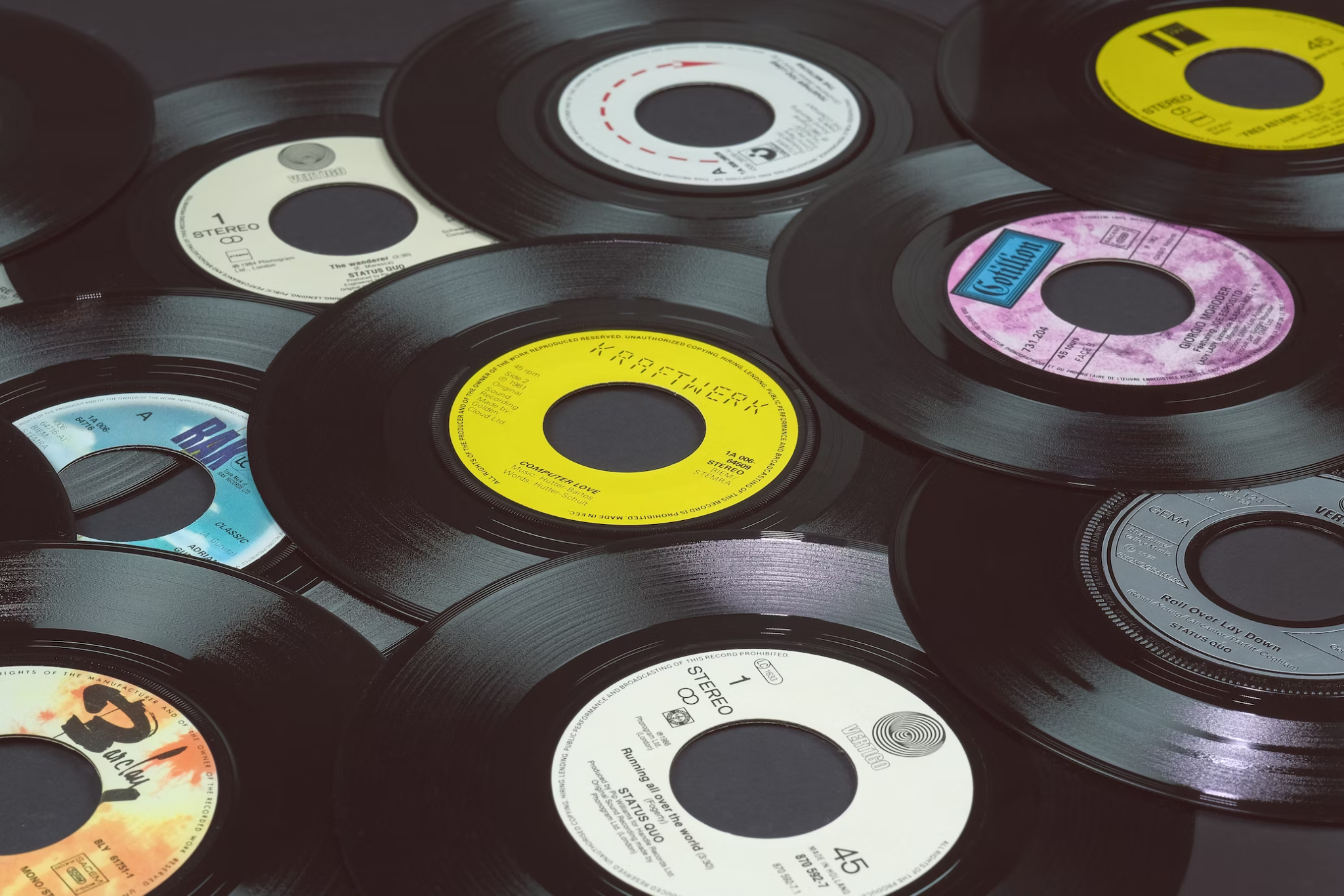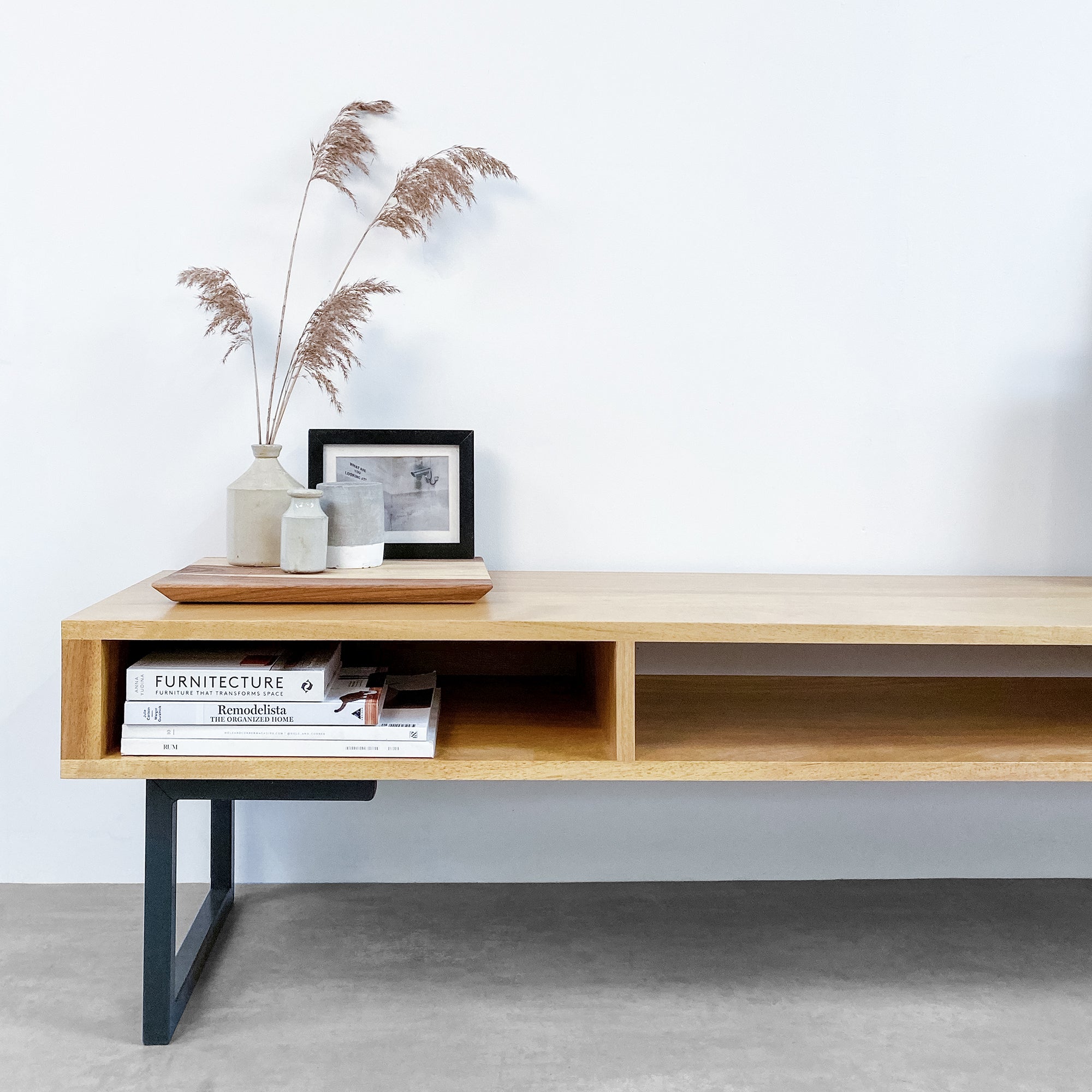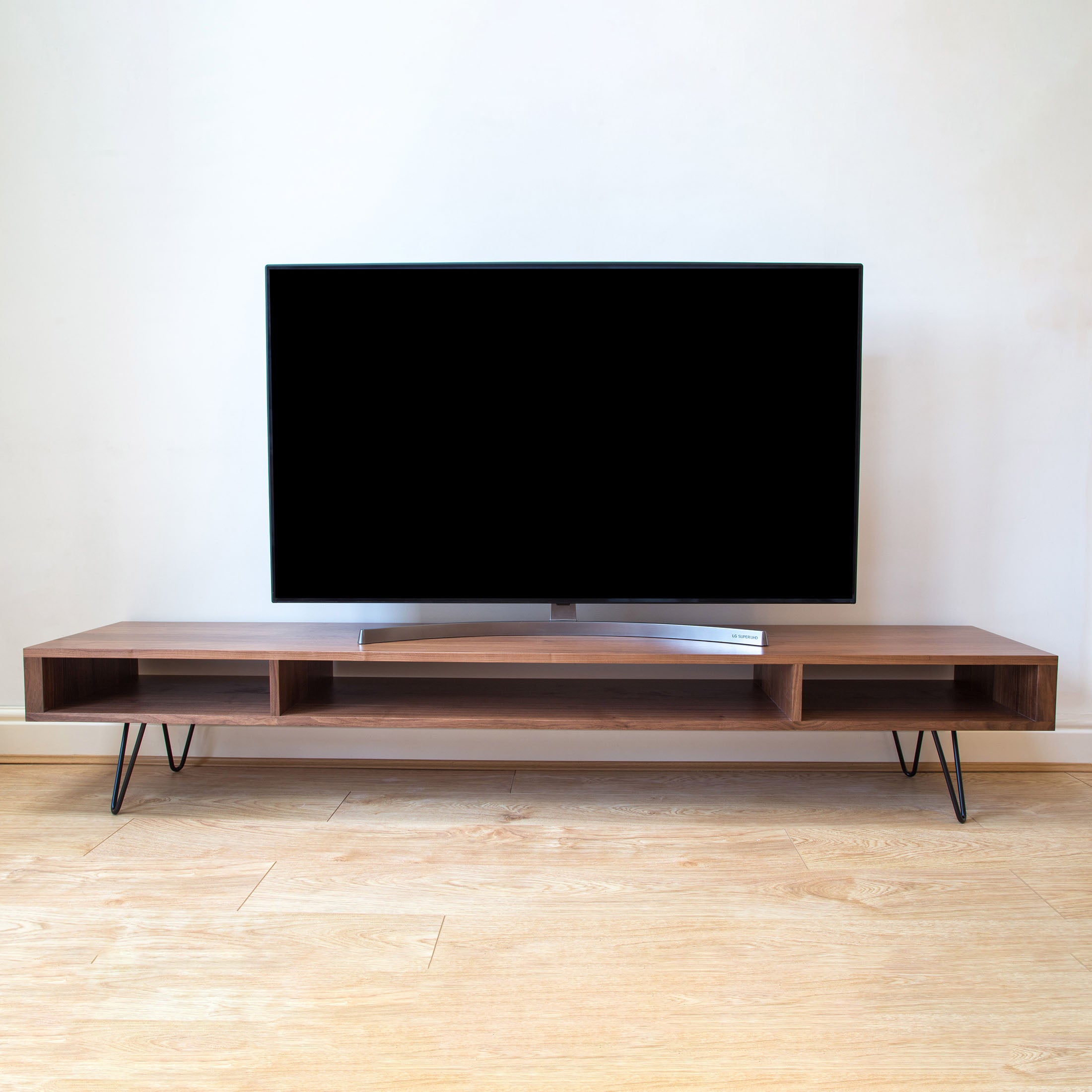
Storing your vinyl records
You’re a vinyl junkie, always have been. You were there from the beginning, you probably gathered cassettes and CDs too along the way, maybe even some minidisks around 1997, but you were always loyal to the record.
Your collection is epic, rare, it spans whole walls. Or maybe it's just growing gradually. Either way, chances are you know it's important to store your precious library carefully and intelligently, so here are our cardinal rules for getting vinyl storage right...
Ditch the paper and protect with plastic

Paper inners become much like a fine grain piece of sandpaper, adding surface noise over the years every time you take your record in and out of the paper inner. Instead, opt for either a delicate plastic liner within a paper inner or go for a round-bottomed plastic-only variant.
Then, pairing this with an outer sleeve that goes over the cardboard sleeve will go a long way to shielding your record from dust entirely. Choose a light and smooth material - heavy plastic sleeves will weigh onto your vinyl, stick to your artwork, and peel it off over time. With this in mind, you also need a sleeve with plenty of room!
Store them upright

Find your best storage solution
You'll need sturdy vinyl storage furniture that’s the right size (at least 33cm high for 12" or 20cm for 7”) with partitions that support the entire face of the disc in its sleeve to hold your records upright.

A partitioned solid design will be much stronger and stop your collection keeling over or standing with a slant and if you're putting a record player on top you might want to check whether it will fit (40cm usually does it). You may also want a "stop strip" or back panel on your shelving to keep your collection neat and stop your records being pushed to the back (stop strips are an optional extra on our vinyl storage range).

Our Corston turntable stand (shown above) is the perfect piece of record player furniture for the serious record collector and vinyl enthusiast - the dimensions provide the optimum height for standing at the turntable and its clean lines create a setup with an unobtrusive, minimalist, streamlined look.
And remember, records are heavy (averaging 35 pounds per shelf-foot)! Find a storage solution that is solidly made from durable materials and if it will be hung on a wall make sure the wall fixings can take the weight!
Get organised

Get a categorisation system in place (or don’t, if you enjoy browsing your own collection!) before your collection becomes too unwieldy to navigate...
Keep it orderly

Vinyl sleeves are mostly a standard 12.325" (31.43cm) but some new releases have larger than normal sleeves. Always group in sizes! This will add to the overall balance of your shelf.
Or for the ultimate aesthetic shelfie you can arrange by colour - this looks way better if you don't mind a mix up of genres.
Keep out of the sun

Avoid positioning your collection in direct sunlight - with sustained hot temperatures and rapid changes in heat your records will begin to warp. Vinyl can withstand low temperatures very well, it’s the heat and direct sunlight that you need to worry about. And avoid leaving your new vinyl in the car boot on a hot day!
Humidity is also really bad for cardboard so storing your precious collection in a damp basement is best avoided too. However, most home environments are pretty tolerable for records as long as it's not directly in front of a south-facing window.
Blog posts

Vinyl Record Storage Furniture Ideas: Maximizing Space & Style
Vinyl records have made an incredible comeback, and enthusiasts understand the need for proper storage to preserve their cherished collections. With the surge in popularity, furniture designed for ...
Read more
Why and How to Press Your Records at Diggers Factory?
For independent artists, the journey to stardom can be an uphill battle. In the digital age, where streaming platforms rule the music industry, making a name for yourself as an indie artist can be ...
Read more
Wide TV Stand Options for the Perfect Setup
A TV stand is not just a piece of furniture; it's an integral part of your entertainment setup and something used and seen every day. While its primary purpose is to support your television, a well...
Read more



